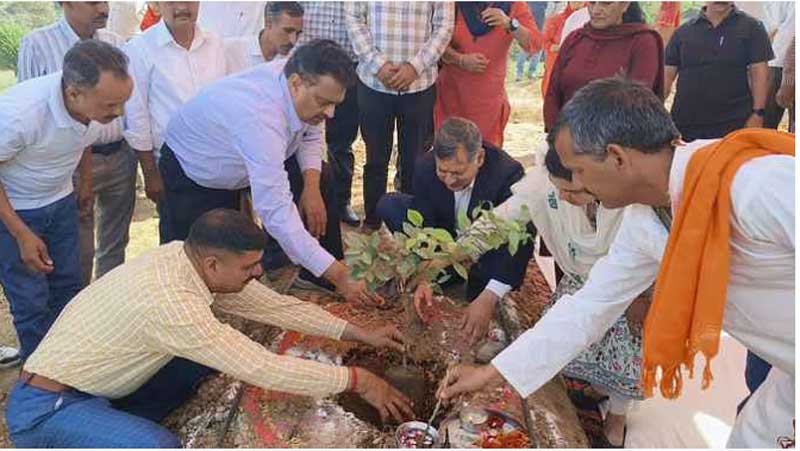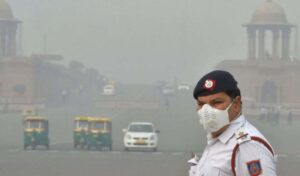Green Plan Missing in Action in Delhi
More than 60,000 trees were felled in the wake of taking consent over the recent seven years to foster the foundation and numerous road trees were harmed. Be that as it may, there was no component to one or the other checks or stop such occurrences.
The officials said trees or patches with massive plantations and deemed forests were not considered while planning an infrastructure project. It was only when the project was implemented on the ground that the sites were surveyed to assess the number of trees requiring felling.
While planning the infrastructure project the trees or patches with gigantic plantations and deemed to be forests were not considered. These sites were only surveyed to assess how many trees require felling when the project was implemented on the ground.
Specialists have called for tree-driven designing, particularly for a city like Delhi battling with contamination, heatwaves, etc.
Delhi has been following the practice of compensatory afforestation under which 10 trees are planted for each felled since 2010. In 2018, the choice for transplantation was begun; however, the ground truth is obscure.
To stop the felling or damaging trees will stop only if the penalty is increased from the current Rs 20,000. Otherwise, developers don’t care as the penalty is minimal. Compensatory afforestation has become a joke. The forest department doesn’t bother to check what kind of plantation has been done either.
In Delhi, plantations will survive only if the species are native otherwise they will fail.
NGT doesn’t permit digging inside one meter of trees, except for power and water utilities. MCD, PWD, and so on don’t follow this order. Forest departments work only after the complaint. Prior, they used to hold onto devices or hardware that harmed the trees, but now that doesn’t happen.

















